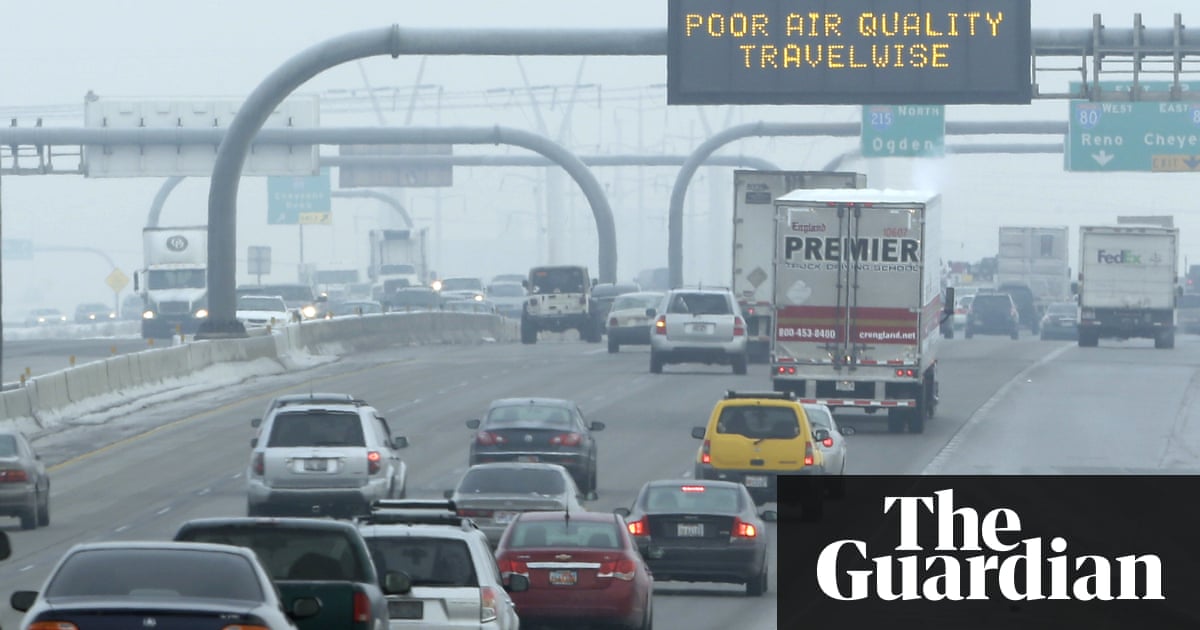
Even short-term increases in air pollution are linked to a higher risk of developing viral chest infections that turn into conditions such as bronchiolitis, new research suggests.
The study, carried out by scientists in the US, looked at levels of tiny particles in the air known as PM2.5s across eight locations along the Wasatch Front in Utah, including Salt Lake City. This area features a string of towns and is home the majority of the state’s population and, due to various factors, experiences large variations in air pollution.
The team then looked at the number of people who turned up at local healthcare centres and hospitals and were diagnosed with acute lower respiratory infections during the same period of time.
The results, published in the American Journal of Respiratory and Critical Care Medicine, reveal that an increase in diagnoses of such infectionsappears to follow an uptick in air pollution in the previous weeks.
“There may be some connection between air pollution and lower acute respiratory infections, whether it is that air pollution causes the airway to become more susceptible to infection, or once you are infected it may cause the body to respond less vigorously to the infection,” said Dr Benjamin Horne, director of cardiovascular and genetic epidemiology at the Intermountain Medical Center Heart Institute in Salt Lake City, adding that it could also be that high pollution drives people to stay indoors, increasing the chance of passing infections around.
The team analysed healthcare data from more than 146,000 individuals who were diagnosed with an acute lower respiratory infection between 1999 and 2016. More than three quarters of diagnoses were made in children under the age of two years old, the majority of whom had bronchiolitis. In some cases, the infections proved deadly: 26 children and 81 adults died within a month of diagnosis.
The reason for the high proportion of young children, said Horne, might be down them being more vulnerable to infections or adults being more likely to nurse their own infections at home.
After taking into account factors such as the day of the week, the season and the weather, the team found that for every 10µg/m³ increase in PM2.5s, the odds of ending up with an acute lower respiratory infection at some point in the following four weeks rose by 15-32%, depending on the individual’s age.
The team found the increase in risk was higher for those in emergency care or admitted as an inpatient than it ws for outpatients – suggesting that air pollution might be linked to more severe infections.
Horne said the findings suggest that preventive measures such as avoiding areas of high traffic or increasing hand washing after a pollution spike might reduce the risk of infection.
Prof Paul Cullinan, and expert in environmental respiratory disease at the National Heart and Lung Institute at Imperial College London, welcomed the research, but said the study had a number of limitations, including that it did not show air pollution caused the infections, and did not take into account socioeconomic status.
But Cullinan said the study was valuable since there had been little research into whether there is a link between air pollution and respiratory infections. “This is one of the few,” he said.
from Environment | The Guardian https://ift.tt/2qvzUrR
via IFTTT

No comments:
Post a Comment